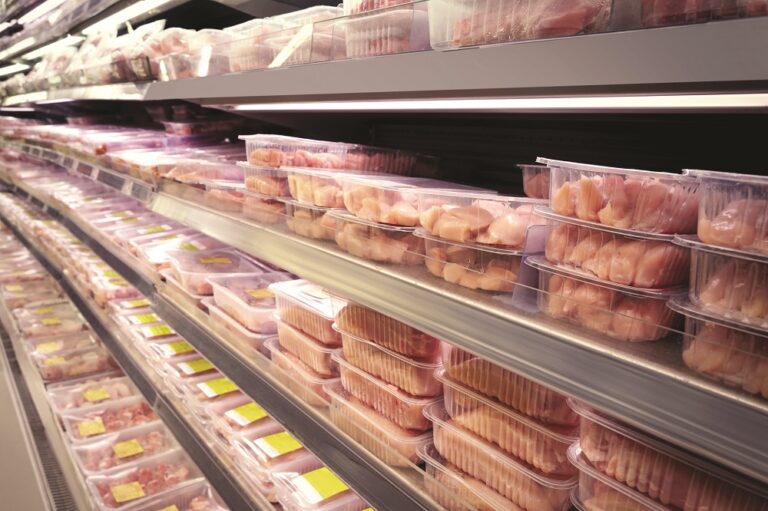Rabobank’s latest poultry report notes the industry is facing major challenges due to COVID-19-related market disruption, very high and volatile feed prices, avian influenza (AI) in the northern hemisphere, and volatility coming from a bumpy recovery in countries affected by African swine fever (ASF).
As countries reopen foodservice, the poultry industry will start to recover, considering that on average 35% of global poultry consumption is via foodservice.
“Key for producers in 1H 2021 will be to have a very disciplined supply growth, a focus on cost reduction via procurement, production efficiency, and feed formulation, as well as being prepared for big swings in demand driven by COVID-19-related government decisions,” saId Nan-Dirk Mulder, senior analyst – Animal Protein at Rabobank.
Global grain and oilseed prices increased further in Q1 2021, driven by La Niña-upended weather in key producing countries and an unprecedented and long-lasting import demand generated from China. This is a big challenge for chicken producers, as feed represents 60% to 70% of the cost of production. Rabobank expects ongoing high prices during 2021, but slightly down from the current Q1 2021 level.
ASF’s impacts on pork production also have an ongoing impact on poultry, regionally and globally. The two countries in Asia most affected by ASF, China and Vietnam, are both in recovery mode, with China expected to increase pork production by 8% to 10% this year and Vietnam by 8% to 12%. This recovery mode could impact local poultry producers and global trade. “China’s lower-than-expected pork production in Q1 2021 and low chicken production levels supported a chicken price recovery in Q1, but we think that the ongoing expansion of pork, together with further growth of chicken production, will deflate prices later this year. This will also impact import volumes in China,” said Mulder.


